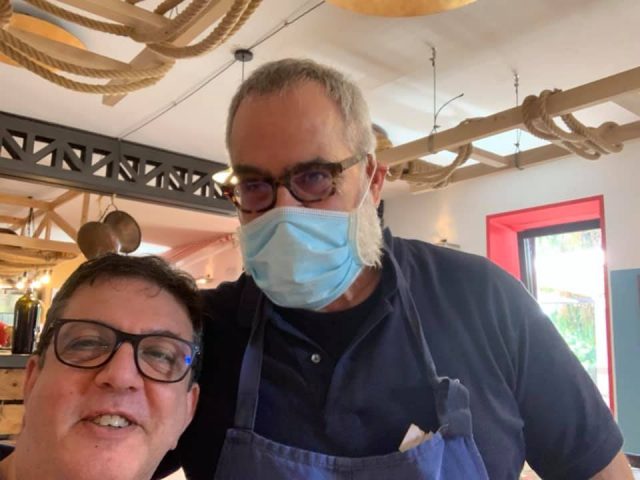Amorim, where cork is king
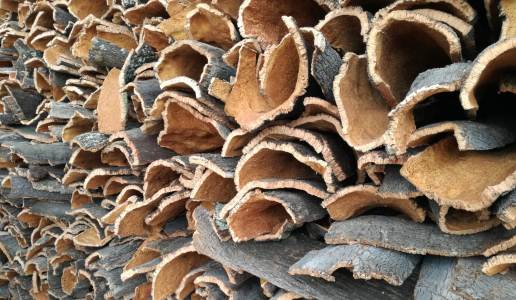
Portugal’s Amorim is the world’s leading cork producer and for years has been engaged in specialized and expensive research and development to combat cork defects.
A few years ago, DoctorWine wrote about cork alternatives, both natural and synthetic, and today we will look at what has happened over the past five years for this crucial sector for wine production.
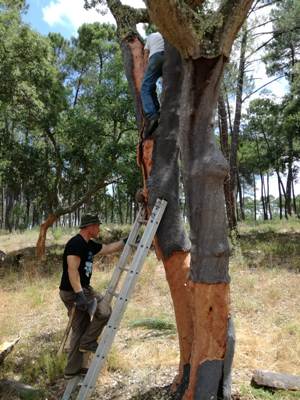 Cork remains the undisputed king of wine stoppers and will remain so in the foreseeable future with cork alternatives not expected to exceed 13% of the total. Cork’s success is due to more commercial and psychological reasons than technical ones because consumers identify it with a wine’s quality. What this means is that consumers are willing to pay more for the same wine if it has a cork, especially in the 5-15-euro price range.
Cork remains the undisputed king of wine stoppers and will remain so in the foreseeable future with cork alternatives not expected to exceed 13% of the total. Cork’s success is due to more commercial and psychological reasons than technical ones because consumers identify it with a wine’s quality. What this means is that consumers are willing to pay more for the same wine if it has a cork, especially in the 5-15-euro price range.
Given the current market situation and the potential threat posed by the development of cork alternatives, the Portuguese company Amorim, the world’s leading producer of corks, has engaged in an extensive research and development program to improve the corks it produces. It began with a review of the problems cork stoppers have and ways to improve how corks are produced. Collaboration with several Portuguese universities led to swift results in regard to identifying contaminations in both cork production and the corks themselves and in the near future we will have high-density corks made from selected oak trees that will be of a better quality and faster to produce because the productive cycle will be reduced by some ten years.
Incredible progress has been made to resolve the problem of TCA (the classic smell of cork taint) in single-piece corks through the use of chromatographic gases, maniacal research into selecting cork bark and developing patented machines to produce or punch out the corks themselves. This together with the painstaking work done by expert selectors who can spot any hidden defects by sight. The parameters employed during the initial selecting process are around 20 and are all visual. They are followed by a further selection process that is both optical and mechanical to produce single-piece stoppers. The material left over is used to produce the natural granulated particles for agglomerated corks, such as those used for Champagne.
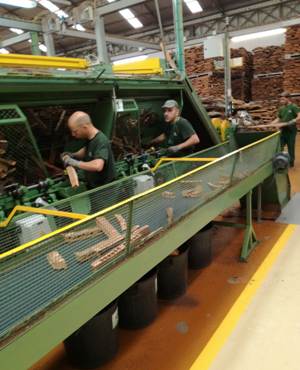
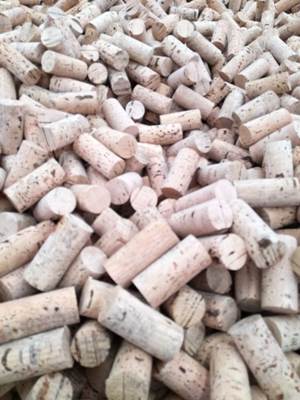 Amorim also has an in-house research group that focuses of resolving problems found in wine that are not directly linked to the intense and classic smell of cork taint. These include those affecting the dryness of tannins from one bottle to the next of the same wine or the different evolution of aromas in bottles of the same vintage. According to researchers, these are caused not by mechanical anomalies in the corks but from contamination caused by a concatenation of molecules found in the corks themselves.
Amorim also has an in-house research group that focuses of resolving problems found in wine that are not directly linked to the intense and classic smell of cork taint. These include those affecting the dryness of tannins from one bottle to the next of the same wine or the different evolution of aromas in bottles of the same vintage. According to researchers, these are caused not by mechanical anomalies in the corks but from contamination caused by a concatenation of molecules found in the corks themselves.
During our press tour of their plant, Amorin executives had only good things to say about other cork producers, something that impressed me greatly because this would be rare indeed in Italy. All in all, it was a very informative visit that showed us how singe-piece corks are improving significantly thanks to expensive and very interesting research that has already produced results with others on the horizon to deal scientifically, and thus reliably, with the challenge posed by alternative stoppers. We will see in the coming years how this engaging competition pans out.

 Italiano
Italiano








